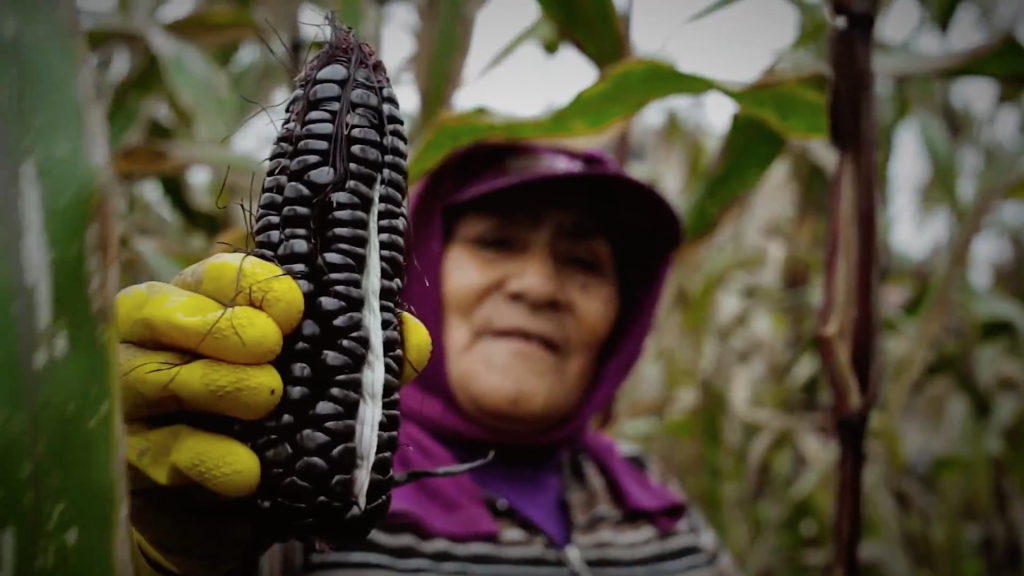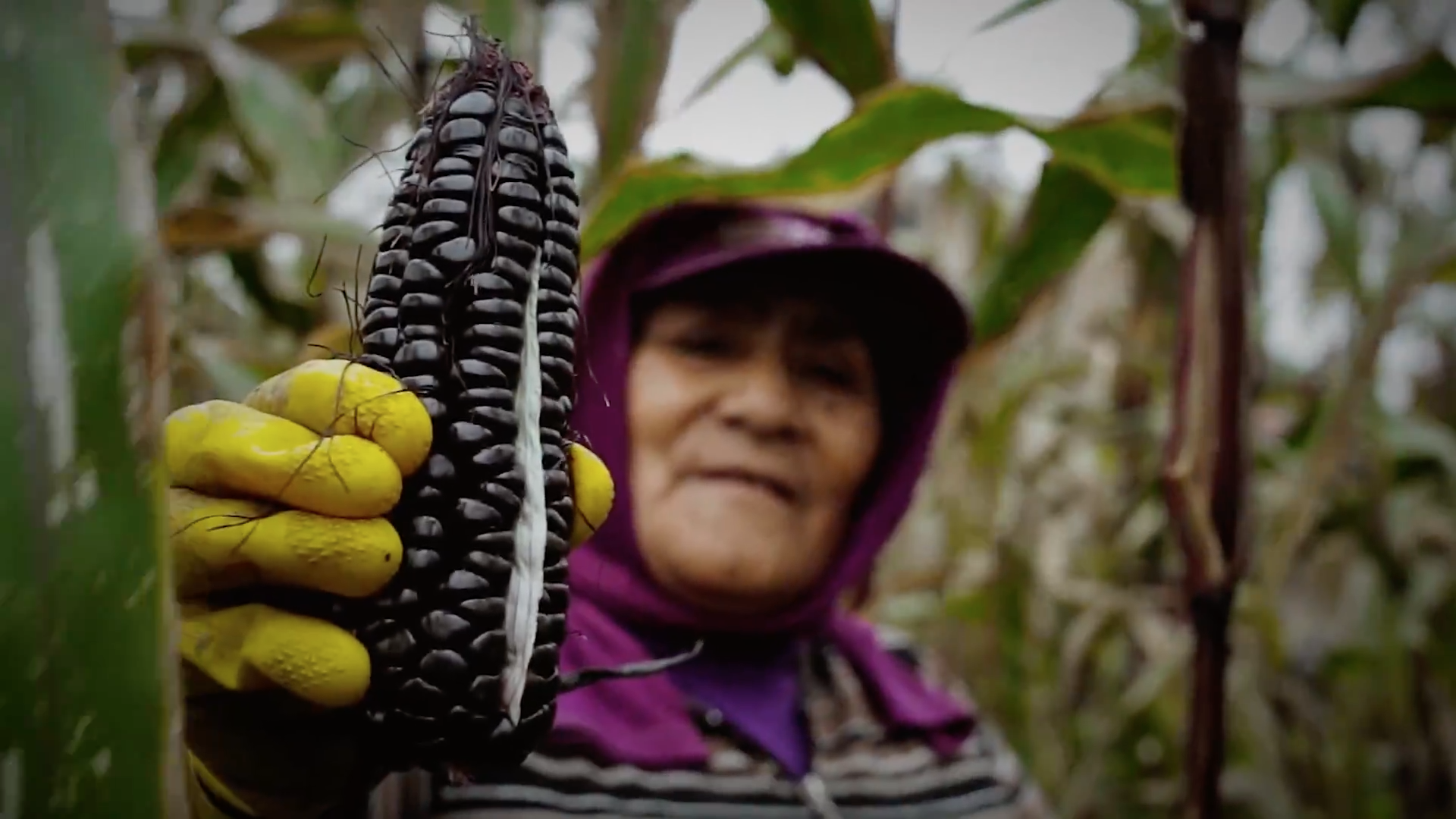(Drinks International) The South American country has been making waves with its cuisine in recent years. and now drinks producers are getting in on the act, says Sorrel Moseley-Williams.
Without a doubt, Peru has been South America’s leading gastronomic force for the past 15 years. A slew of establishments and their culinary leaders dominate global lists such as The World’s 50 Best Restaurants, the teams behind Central, Maido, Kjolle and Mayta are currently driving the biodiverse country forward by plating Peru’s enormous pantry of raw materials.
Peru, of course, has long produced pisco. Harnessing 400 years’ experience distilling fermented grape juices, Peru’s spirits reputation in the winemaking regions south of capital city Lima is already clear. But, a new wave of distillers looking to bottle – rather than chefs aiming to cook – Peru’s identity with known spirit concepts, have cast their net wide. Whisky, gin, vodka and even agave-based spirits are bursting with heritage, embracing the diverse landscape and its flavours. Diego Macedo, co-owner of Sastrería Martínez bar in Lima, says the movement to create Peruvian liquors is booming.
“Given that the market is saturated by pisco, which has advanced thanks to high-quality production, international markets have opened up,” he says. “That in turn has opened the doors for new projects such as 14 Inkas vodka, which is one of the first craft distillers to use Peruvian raw materials, distilling Andean potatoes.
“Others then realised the versatility of Peru’s pantry. For example, the team behind Aqará agave spirit, which has picked up several prizes for its Peruvian ‘tequila’, as has Black Whiskey, a Peruvian-style bourbon whose base grain is purple Andean corn.”
The variety of new liquors with great stories also creates opportunities when it comes to cocktail making, says Luis Flores, head bartender at Lima’s Ribeyro bar. “I’ve always loved using these spirits because of the difference in flavours they bring. There are gins, for example, that use Amazonian botanicals such as bark, roots, cacao mucilage, tonka beans and little-used citrus fruit, sub-products that have long interested me,” he says.
For the rest of this please visit Drinks International March 2023.

